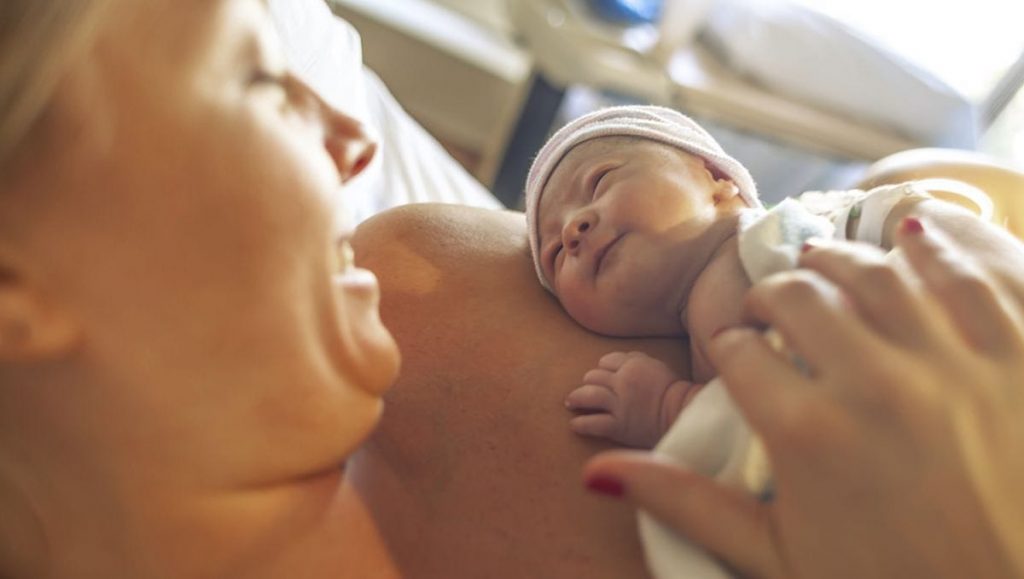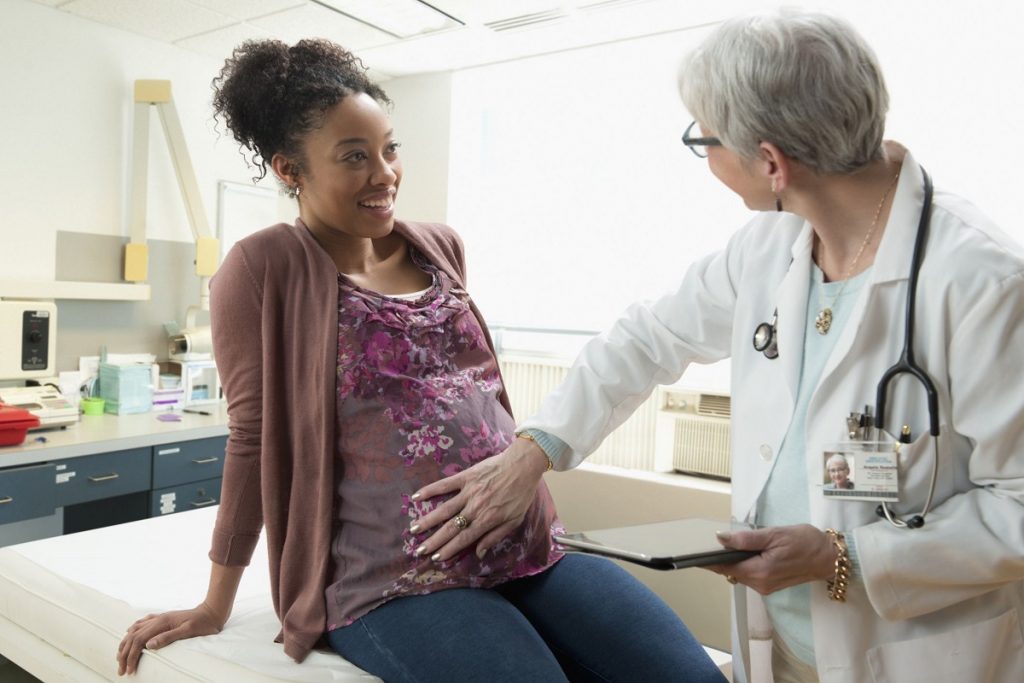Obstetricians, gynecologists, family physicians, and women’s healthcare practitioners like you face an interesting dilemma every day: finding the best solution for patients who need relief from symptomatic uterine fibroids but still want to get pregnant. Surgical advancements gave us the myomectomy, widely considered the standard for fertility-preserving fibroid removal. But as you know, not every patient is the same.
It is no secret there are complicated cases that require different treatment options. Sometimes, a patient is not a good candidate for surgery. They may have had multiple previous surgeries or scarring from endometriosis. If the fibroids are numerous or large, myomectomy can become complicated, resulting in increased blood loss. And some patients simply have expressed to you that they do not want surgery.
What about recommending Uterine Fibroid Embolization (UFE)? Even poor candidates for myomectomy should be carefully selected for UFE after counseling about possible adverse effects on fertility and pregnancy. Past research suggests UFE may increase the odds of a miscarriage. In many physicians’ eyes UFE may not be considered a wise choice for patients who want to get pregnant. However, growing evidence and clinical research speak to the contrary.
Here is some data to consider as you discuss the UFE option with your patients.
UFE: Not Necessarily A Barrier to Healthy Pregnancy
A few facts about UFE that may make it a better option than a myomectomy for certain fibroid cases:
- Alternative to surgery
- Appropriate for technically challenging cases (example: patients who refuse blood products, have too many fibroids to resect, difficult surgical approach due to fibroid location, etc.)
- No hospital stay, no intubation
- All fibroids may be treated at the same time
- Can be performed under local anesthesia or moderate sedation
- No incision; only a small radial artery puncture
- Highly reliable in decreasing fibroid-related symptoms
- Avoids side effects of hormone therapies
- Pregnancy possible*
According to the National Library of Medicine, UFE remains an option for females with clinically symptomatic fibroids who desire pregnancy—despite inherent risks of possible fertility issues after UFE.
*Here Is What We Know About UFE and Pregnancy from Research
Even without fibroids in the picture, 1 in 3 pregnancies around the world end in miscarriages. That 33% is the baseline. At Fibroid Institute Dallas, we learned of a study involving women who needed fibroid treatment and wanted to get pregnant. It was a randomized trial—some had a myomectomy, and others had UFE. Results of the study were as follows:
- Women who had the best chance of getting pregnant were the ones who had myomectomy.
- Women in that same group also had the best chance of having a live baby.
- The miscarriage rate among those patients who had the myomectomy was about 25%.
- Those patients who had UFE had a higher chance of miscarriage. The rate was 65%.
However, since then there has been an additional study which suggests UFE may have a role for women with uterine fibroids who want to conceive.
Published by Radiology, the study included patients who were trying to get pregnant for two years unsuccessfully. There was no reason for their infertility other than fibroids. In those situations, the patients were like your challenging cases: they either were not candidates for myomectomy or refused surgery. They were instead offered UFE. Almost 30% of the women who underwent UFE were able to become pregnant a year following the procedure. Those numbers rose to 40.1% after two years. The probability of a live birth was similar, with 24.4% experiencing live birth rates after one year and 36.7% two years later. What this tells us is there is growing evidence to support UFE being less of a hindrance to pregnancy than previously believed. With more research, we may see miscarriage rates between UFE and myomectomy balance out.
In view of aging women still desiring pregnancy, the tendency of fibroids to recur, and the rising success rate of assisted reproduction techniques, there is a strong need to define candidates for alternative treatments like UFE in patients who are too high-risk for myomectomy.
Treating Future Mothers Who Have Fibroids With UFE

At Fibroid Institute Dallas, we understand that a hysterectomy or myomectomy is the recommended treatment for many women with uterine fibroids. However, we also know that hysterectomy or myomectomy is not the right fit for all women in every case. This is especially true for patients who are actively trying to get pregnant or wish to in the future and refuse surgery or are not good myomectomy candidates.
If you have exhausted all options for these patients, UFE may come with risks but opens some positive doors too.
Uterine Fibroid Embolization (UFE) is a highly effective non-surgical treatment option for women with symptomatic uterine fibroids who are not candidates for a hysterectomy or myomectomy. UFE allows a woman to keep her uterus. Dr. Suzanne Slonim, an experienced interventional radiologist, inserts a small catheter into the radial artery and advances it to the location of the fibroids. She then injects small particles, causing the fibroids to shrink and die.
Suzanne Slonim, MD created Fibroid Institute Dallas with your fibroid patient in mind. A board-certified interventional radiologist for 25 years, she has performed over 30,000 procedures. Dr. Slonim provides the patient consultation and orders imaging, if needed. She has developed a specific algorithm in how she treats patients, so they have a high success rate with minimal discomfort.
Need more reasons to collaborate with Suzanne Slonim, MD? She is highly rated by patients with five-star reviews. She is voted D Magazine’s top doctor in her category by other doctors and listed in 2020 Super Doctors by Texas Monthly. She is a Dallas Business Journal’s 2020 Women in Business award honoree. Dr. Slonim is available to partner with you on your challenging fibroid cases. In addition, referring to Dr. Slonim ensures no loss of your patients to competitors. You continue routine medical care with patients who are now fibroid free.
Meet Dr. Slonim and the Fibroid Team

Request a session with our VP of Marketing and Business Development, Stacey West. You will receive an in-person visit about the benefits of UFE for your patients as well as a physician packet with additional information for you and your patients. This includes patient supplies, brochures, FAQs, referral information, and more.
Fibroid Institute Dallas serves the DFW area including Garland, Mesquite, Richardson, Addison, Carrollton, Plano, Frisco, McKinney, Allen, Dallas, Duncanville, DeSoto, Cedar Hill, Lancaster, Cockrell Hill, Grand Prairie, Arlington, Hutchins, Irving, Highland Park, University Park, Park Cities, and all of North Texas.
Studies Sources
- Spontaneous Pregnancy with a Live Birth after Conventional and Partial Uterine Fibroid Embolization – https://pubs.rsna.org/doi/10.1148/radiol.2017161495
- Midterm Clinical and First Reproductive Results of a Randomized Controlled Trial Comparing Uterine Fibroid Embolization and Myomectomy – https://www.ncbi.nlm.nih.gov/pmc/articles/PMC2700241/

